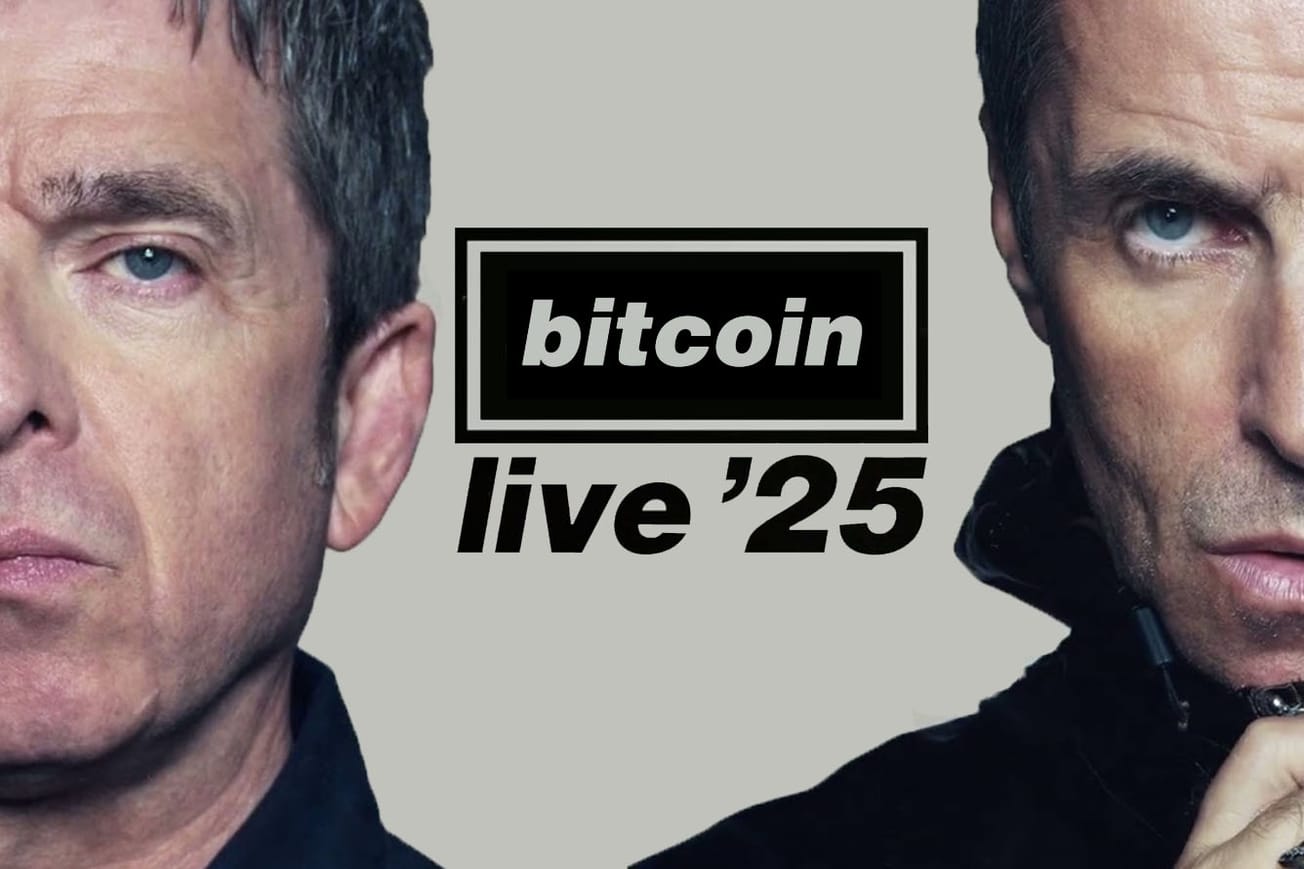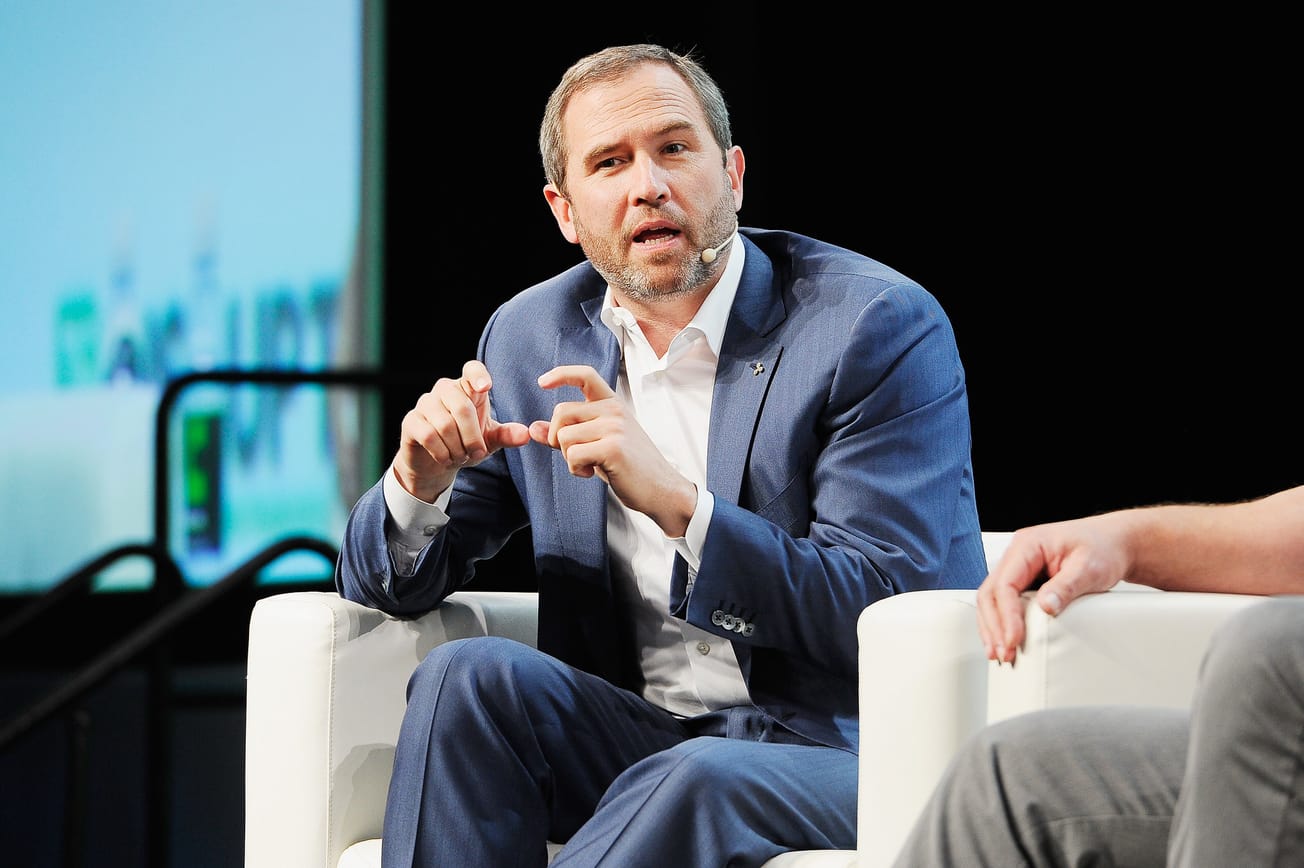Table of Contents
The digital assets industry, including cryptocurrencies and blockchain technology, has been experiencing growth and is still evolving.
And while it is true that new technologies often require time to gain widespread adoption, the pace of adoption can vary depending on various factors.
The Internet is a good example to consider when discussing adopting new technologies, says Yam Ki Chan, VP of strategy and policy for Asia Pacific at Circle, in a free-wheeling chat with Blockhead.
It took several years for the Internet to become widely accessible and integrated into various aspects of our lives.
"First of all, we collectively are in the early days of blockchain adoption. When we look back at previous adoptions of technology, whether it was the advent of the Internet - from dial-up to broadband...the cycle was really longer than we probably thought in terms of adoption. A lot of things have to come together for the technology to flourish," said Chan in the interview.
"Even the internet we know today vastly differs from the internet that was pre-broadband and pre-mobile phones," he added.
Initially, it was mainly used by researchers, universities, and government organisations before expanding to the public.
As the technology matured and became more user-friendly, it gradually gained popularity, leading to the widespread adoption we see today.
"Those who had access to the internet were on desktop computers on static websites, and that was before the days of Ajax…and we saw a vast shift…as bandwidth became more privatised, computers became more affordable for more creative dynamic websites and really applications that were built on websites through the web browser delivered to the user," said Circle's Chan.
"That's the way we should also think about adopting blockchain. There is a great chart on the State of Crypto Index that looks at the adoption rate of the Internet and then tracks the adoption rate of crypto. The lines (in the chart) follow, not in a perfect correlation, but closely. So I think that is the way to think about the long cycle of technology," he said.
Indeed, the digital assets industry has been progressing steadily, but it has faced its own set of challenges and barriers to adoption. For example, cryptocurrencies, such as Bitcoin, emerged in 2009 and gained attention primarily within tech and finance communities. Over time, awareness and interest grew, and more people started investing and using cryptocurrencies.
However, mainstream adoption has been slower due to various reasons. Factors like regulatory uncertainty, scalability issues, security concerns, and usability barriers have influenced the pace of adoption. In addition, these factors have affected trust and understanding among the general public and traditional financial institutions.
"There are many problems that we need to solve for greater adoption of blockchain. (But) at the end of the day, the users don't care about what the technology is on. And when we go to pay a bill at a restaurant, we want to be able to pick up whatever device we want to tap on a product sale or scan a QR code, and we are not thinking about whether it is MasterCard or Visa…Those are really not the things that a user cares about," said Chan.
"The onboarding of a user into the web3 space is still much more clunky than it should be. Users are expecting more from this industry. It is hard to walk a user through creating a custodial wallet, to figure out…what is the thing you are trying to purchase and how you move it from one place to another. These are the things like the early stages of the Internet, and I think as the industry comes together and continues to build, this will make it easier for users," he added.
Nevertheless, significant advancements and milestones in the digital assets industry have occurred. Major companies, including financial institutions, have started to explore and invest in blockchain technology.
Governments and regulatory bodies are also becoming more involved in creating frameworks and regulations to foster a secure and regulated environment for digital assets.
Additionally, the emergence of decentralised finance (DeFi) applications, non-fungible tokens (NFTs), and advancements in blockchain infrastructure have brought new use cases and attracted a broader range of users.
As these technologies continue to mature and address challenges, they have the potential to drive further adoption and integration into various industries.
It is important to note that multiple factors, including the regulatory environment, public perception, infrastructure development, and industry collaboration, can influence the pace of adopting new technologies.
While the digital assets industry is still in its early stages, it continues to grow and evolve, and its long-term potential remains promising.
Stay ahead of the game by signing up as a member of Blockhead and never miss a beat in the world of digital assets.









